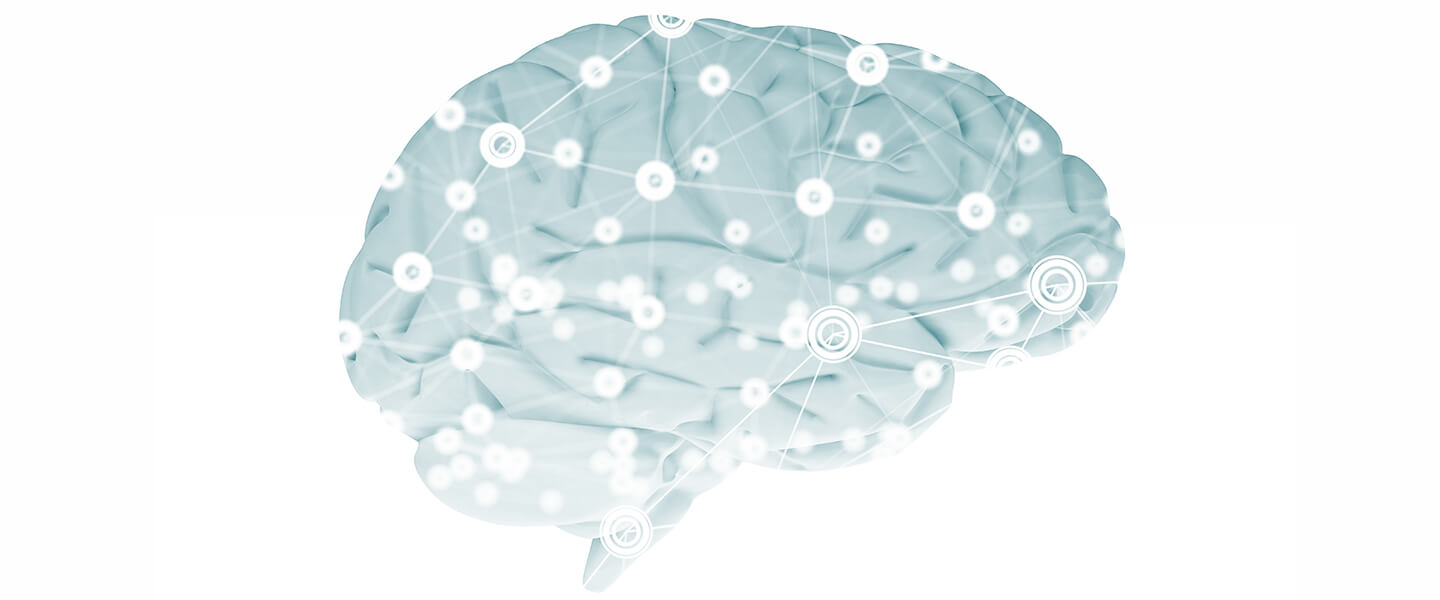Findings About a Fear-Driven Learning Circuit Could Inform Efforts to Develop More Effective PTSD Treatments
Findings About a Fear-Driven Learning Circuit Could Inform Efforts to Develop More Effective PTSD Treatments

Fearful experiences leave behind fearful memories. These memories can help us learn to be more careful. But they become destructive in their own right for people with post-traumatic stress disorder (PTSD) and anxiety. A new study of what happens in the brain when it learns from fearful experiences provides insights that can now guide the development of treatments for disorders in which the brain’s fear system goes awry.
The research, published in the journal Nature Neuroscience, found that the brain connects experiences with the perception of a threat chiefly in a region called the central amygdala—not the lateral amygdala, as was previously thought. While the lateral amygdala does seem to be involved in fear-driven learning, the discovery suggests that its role depends on activity in the central amygdala. This finding, if supported by further investigations, could aid efforts to treat disorders such as anxiety and PTSD by modifying associations a person might make between, for example, the sound of a car backfiring and reacting as if being under fire in a combat zone.
The head of the research team was 2010 Young Investigator grantee Dr. Bo Li, who received further support as an Independent Investigator in 2015. Three other team members were also Young Investigator grantees—Dr. Karl Deisseroth in 2005, Dr. Sandra Ahrens in 2013, and lead author Dr. Kai Yu in 2014. Deisseroth now serves as a BBRF Foundation Scientific Council member and is well known for his role in the development of optogenetics, a pivotal technique that allows scientists to control the activity of specific neurons using beams of colored light.
In this work, Li and his colleagues used optogenetics to create artificial fearful memories in mice. Using the technique, they activated neurons in the central amygdala while the mice were in a particular chamber of their cage. The mice that underwent this procedure were less likely to venture back to that chamber, suggesting they had formed an “aversive memory.” They associated the place with the bad “experience.” Conversely, blocking the same neurons in the central amygdala prevented the mice from forming aversive memories as effectively.
Understanding exactly how information about fear gets stored in the brain is an important step in alleviating uncalled-for fear responses. A victim of a bad car accident may later panic at the sight of a car, for example, even when it poses no current danger. The researchers hope that this revision to the map of fear-driven learning will help inform treatment approaches that aim to modify such damaging memories.



